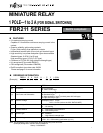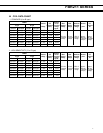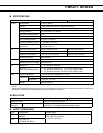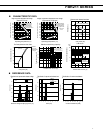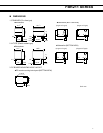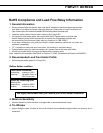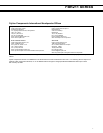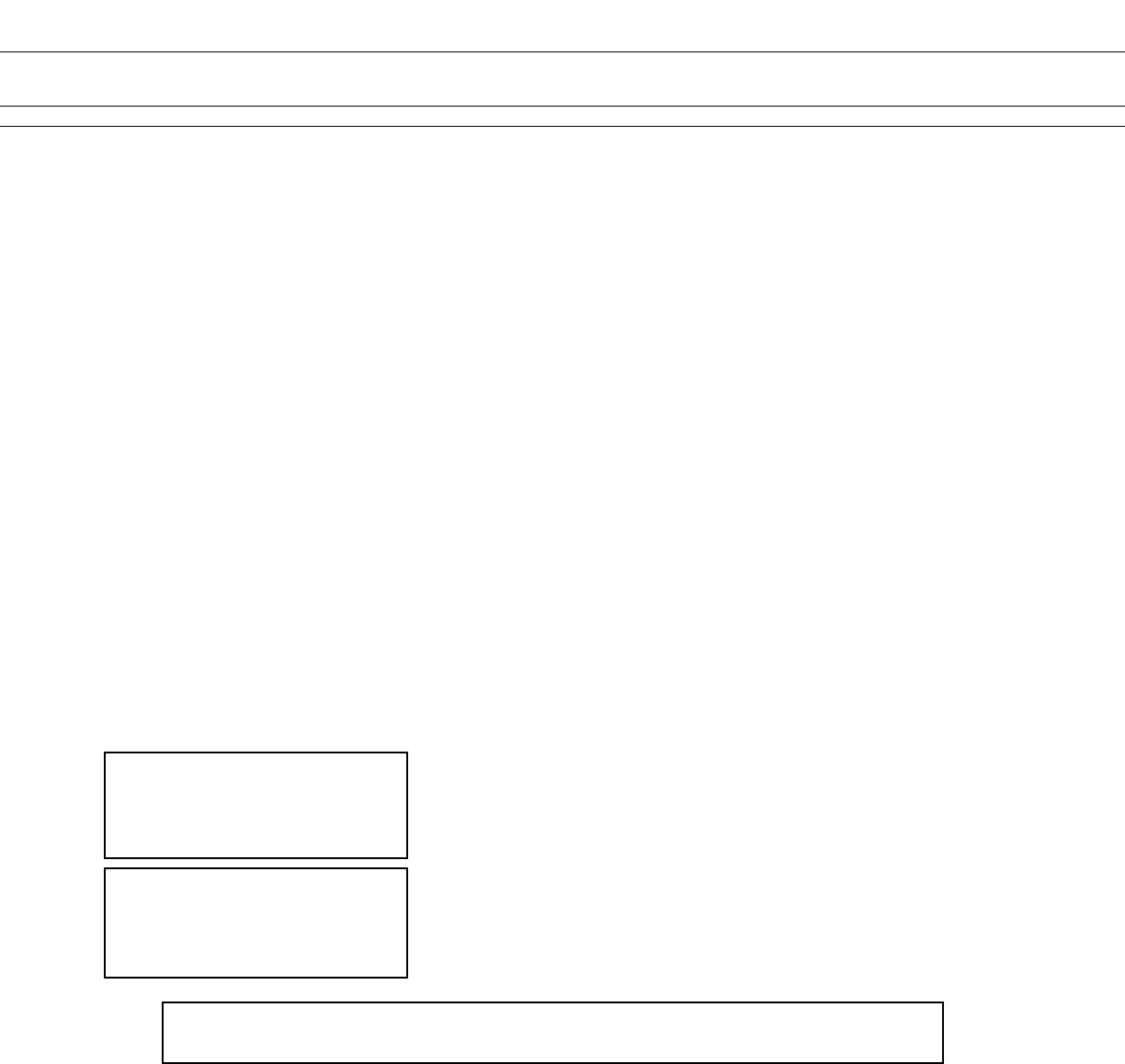
6
FBR211 SERIES
1. General Information
l Relays produced after the specic date code that is indicated on each data sheet are lead-free
now. Most of our signal and power relays are lead-free. Please refer to Lead-Free Status Info.
(http://www.fujitsu.com/us/downloads/MICRO/fcai/relays/lead-free-letter.pdf)
l Lead free solder paste currently used in relays is Sn-3.0Ag-0.5Cu.
l All signal and most power relays also comply with RoHS. Please refer to individual data
sheets. Relays that are RoHS compliant do not contain the 5 hazardous materials that
are restricted by RoHS directive (lead, mercury, chromium IV, PBB, PBDE).
l
It has been veried that using lead-free relays in leaded assembly process will not cause any
problems (compatible).
l “LF” is marked on each outer and inner carton. (No marking on individual relays).
l To avoid leaded relays (for lead-free sample, etc.) please consult with area sales ofce.
l We will ship leaded relays as long as the leaded relay inventory exists.
Note: Cadmium was exempted from RoHS on October 21, 2005. (Amendment to Directive 2002/95/EC)
2. Recommended Lead Free Solder Prole
l Recommended solder paste Sn-3.0Ag-0.5Cu.
RoHS Compliance and Lead Free Relay Information
Reow Solder condition
3. Moisture Sensitivity
l Moisture Sensitivity Level standard is not applicable to electromechanical realys.
4. Tin Whisker
l Dipped SnAgCu solder is known as low risk tin whisker. No considerable length whisker was found by our in
house test.
We highly recommend that you conrm your actual solder conditions
Flow Solder condition:
Pre-heating: maximum 120˚C
Soldering: dip within 5 sec. at
260˚C soler bath
Solder by Soldering Iron:
Soldering Iron
Temperature: maximum 360˚C
Duration: maximum 3 sec.



